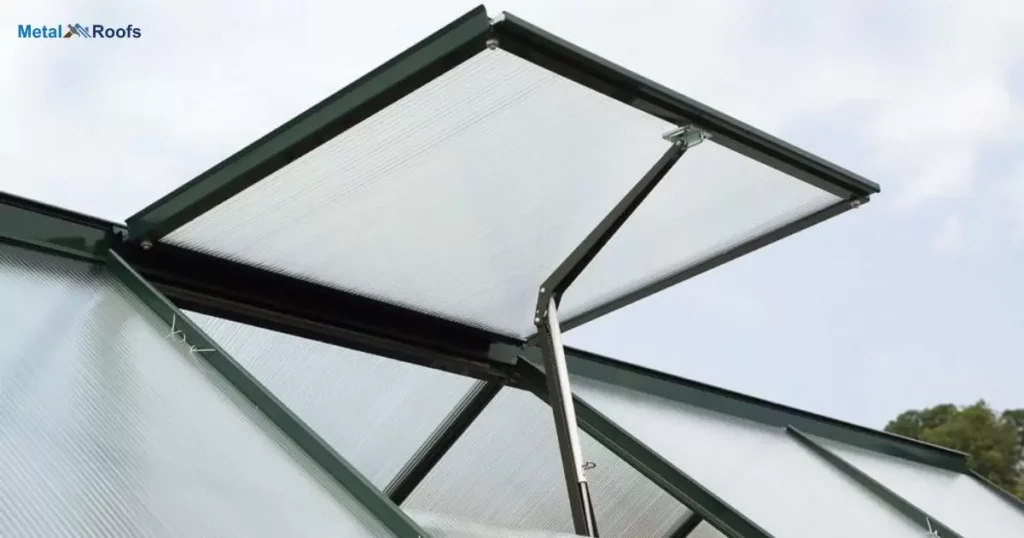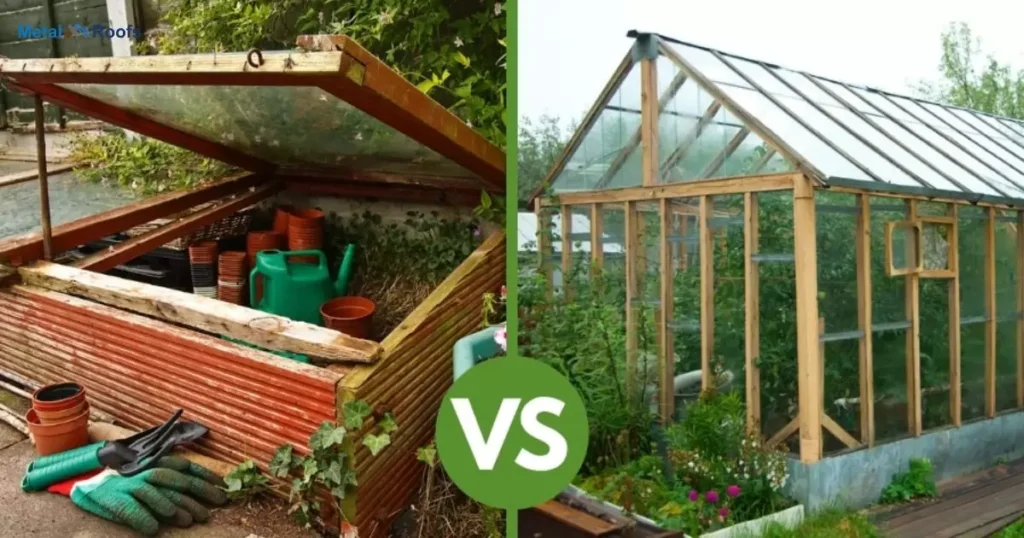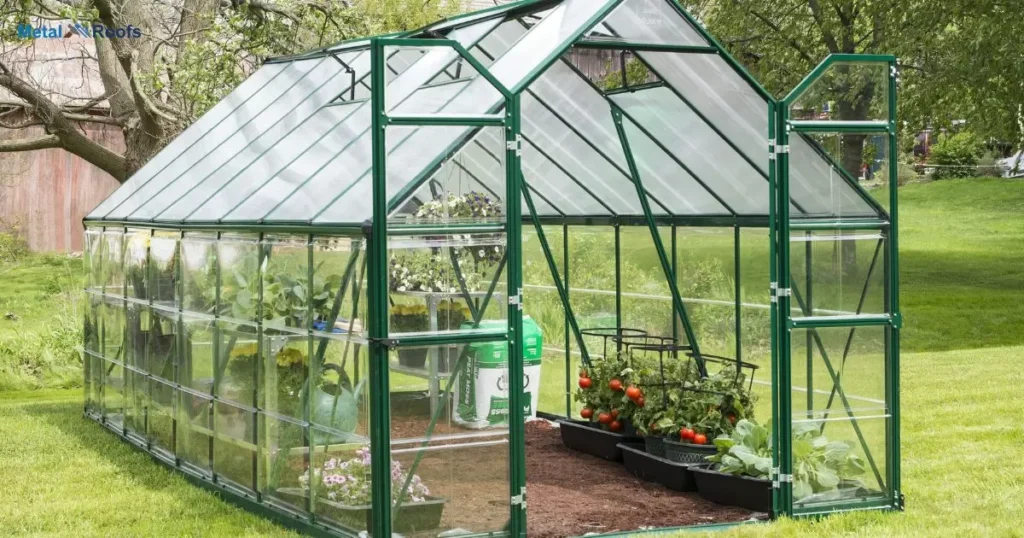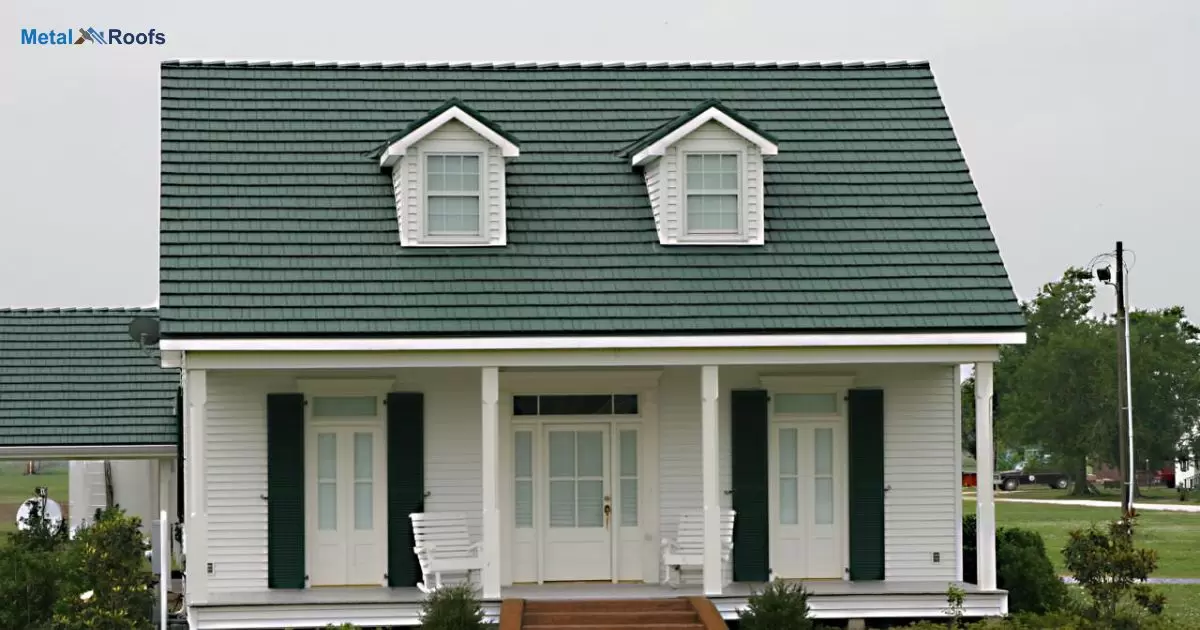Roof covers the house with vegetation. Plants reduce urban heat island. Improves air quality and insulation. Extends roof life and cuts costs. Captures rainwater and lowers runoff. Enhances aesthetics and biodiversity. Requires planning and maintenance.
Green roofs offer eco-friendly ideas. Green house roof ideas blend nature. Urban oases reduce energy costs. Low maintenance rooftop gardens thrive. Sustainable living at its finest. Invest in a green roof today.
Clear roof panels for pergolas enhance sustainability, regulate temperatures, absorb CO2, reduce runoff, boost biodiversity, improve mental health, and increase property values. Proper planning is crucial for success.
Key Takeaways
- Choose plants suitable for your climate.
- Ensure structural support and waterproofing.
- Use lightweight growing mediums.
- Incorporate maintenance access and solar panels.
- Enhance aesthetics while benefiting the environment.
Greenhouse Roof Materials
Choosing the right materials for your greenhouse roof is crucial. Consider lightweight options like polycarbonate panels or glass for natural light. Make sure the materials are durable and provide good insulation. Consult with experts to find the best option for your climate and budget.
Glass
Glass is a popular choice for greenhouse roofs. It allows plenty of natural light, aiding plant growth. Ensure it’s tempered for durability and energy efficiency.
Polyethylene film
Polyethylene film is a common choice for greenhouse roofs. It’s affordable and easy to install. This material provides good light transmission and helps maintain a stable climate inside the greenhouse.
Polycarbonate sheets
They allow natural light to pass through while providing insulation. Consult with experts to ensure you choose the right thickness and type for your greenhouse’s needs.
Fiberglass panels
Fiberglass panels are lightweight and durable, ideal for greenhouse roofs. They let in diffused sunlight, promoting healthy plant growth. Make sure to install them properly to prevent leaks and ensure long-term performance.
Greenhouse Ventilation

Greenhouse ventilation is crucial for plant health. Install vents to let fresh air in. Proper airflow prevents mold and disease. Use fans to circulate air evenly. Adjust ventilation based on weather conditions. Regularly check vents for obstructions. Good ventilation promotes healthy growth.
Natural Ventilation
Natural ventilation is key in greenhouses. Open vents allow fresh air inside. This prevents humidity buildup. It helps plants thrive. Adjust vents as needed for airflow. Regularly check for obstructions. Natural ventilation is cost-effective.
Mechanical Ventilation
Mechanical ventilation aids greenhouse airflow. Fans keep air circulating evenly. They help control temperature and humidity. Fans work efficiently with proper maintenance. Regularly clean and check fan operation. Mechanical ventilation is essential for plant health.
Shade Systems
They reduce excessive sunlight. Use shade cloth for adjustable shading. Position shades to block direct sunlight. Optimize shade placement for each season. Ensure proper ventilation alongside shading. Well-planned shading improves plant growth.
Rooftop Greenhouses
Rooftop greenhouses need good ventilation. Install vents to let fresh air in. Use fans for even air circulation. Adjust ventilation based on weather. Check vents regularly for blockages. Good ventilation supports healthy plants.
Greenhouse Roof Cleaning Maintenance
Maintaining a clean greenhouse roof is essential for optimal performance. Regular cleaning helps maximize sunlight penetration. Use a gentle detergent and water to clean the roof. Remove debris like leaves and branches.
Check for moss or algae growth. Rinse thoroughly to avoid residue. Clean gutters and drains for proper water flow. Regular maintenance ensures a healthy greenhouse environment.
Greenhouse Roof Frame

The greenhouse roof frame is like the backbone of your greenhouse. It provides the structure and support necessary to hold up the walls, windows, and roof panels. When designing the roof frame, consider factors such as the local weather conditions, the weight of potential snow loads, and the type of roofing material you plan to use.
A well-built greenhouse roof frame ensures the stability and durability of your greenhouse over time. It should be constructed with strong materials such as galvanized steel or aluminum to withstand the elements and provide long-term protection for your plants.
Greenhouse Roof Types
Greenhouses can have various roof types:
Gable Roof: Traditional peaked design.
Sawtooth Roof: Alternating sloped ridges for light.
Curved/Round Roof: Arched for strength and aesthetics.
Flat Roof: Simple and cost-effective but needs drainage.
Mansard Roof: Upper slope less steep, offers space.
Domed Roof: Spherical for space and light distribution.
A-Frame Roof: Steep slope for snow shedding.
Butterfly Roof: Two slopes meet for modern look.
Greenhouse Roof Panels

| Greenhouse Roof Panel Type | Description |
| Glass | Popular choice for its natural light transmission, aiding plant growth. Should be tempered for durability and energy efficiency. |
| Polycarbonate Panels | Known for durability, light transmission, and insulation properties, making them ideal for greenhouse coverings. Consult experts for thickness and type. |
| Polyethylene Film | Affordable and easy to install, providing good light transmission and stable climate inside the greenhouse. |
| Fiberglass Panels | Lightweight, durable, and promotes diffused sunlight for healthy plant growth. Proper installation prevents leaks and ensures long-term performance. |
Greenhouse roof panels are essential for creating a conducive environment for plants. They regulate temperature, shield from harsh weather, and allow sunlight to filter through. It’s vital to choose durable and energy-efficient panels to maximize your greenhouse’s functionality and longevity.
Frequently Asked Questions
What is the best material for a greenhouse covering?
Polycarbonate panels are often considered the best material for greenhouse coverings due to their durability, light transmission, and insulation properties.
Can a greenhouse have a regular roof?
Yes, a greenhouse can have a regular roof, but it may not provide optimal light transmission and temperature control compared to specialized greenhouse roofing materials.
What is the roof of a greenhouse made of?
The roof of a greenhouse is typically made of materials like glass or polycarbonate panels. These materials allow sunlight to enter while providing insulation and protection for plants.
Conclusion
Green roofs offer numerous eco-friendly benefits. They insulate and reduce energy costs naturally. Urban heat islands get alleviated effectively. Air quality improves with increased vegetation.
Upfront investment in green roofs pays off. Rainwater runoff gets absorbed by plants naturally. Habitats for urban wildlife get created sustainably. Long-term savings make green roofs worthwhile.











